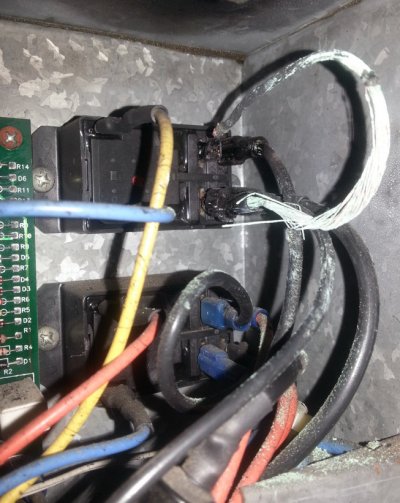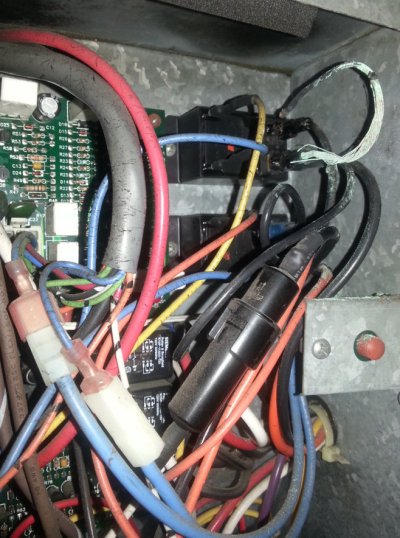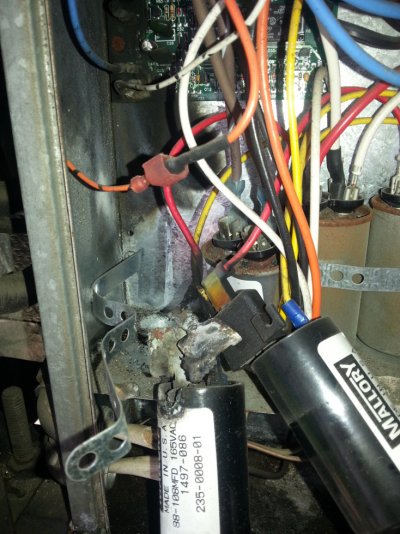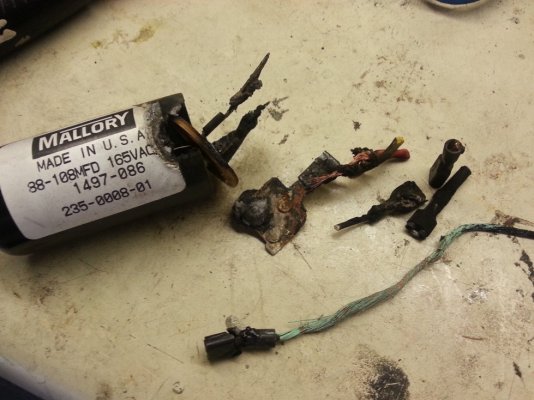Artstang
Active member
Hope everyone had a Happy 4th of July camping out.
Have 2 questions on my 2001 Itasca Sunflyer 35U:
1.) I'm not sure if it is an A/C problem, but here in Florida it's about 90-96 degrees at a given daytime this time of the year 8). Our A/C managed to cool about 10 degrees below outside temperature. Air filter has been replaced regularly. We are not full time rv'ers, so the RV used is minimal.
Is there a way that the system can be charged with freon or is it a sealed unit that need to be tapped with charging valves.
2.) I'm going to install a roof mounted 100 watts solar panel to charge my coach batteries. Based on this install, I like to reroute the factory installed 10 watt solar panel to charge my chassis battery. I know where to disconnect the 4 wire connection from the circuit board behind the One Place monitor, but doesn't know where to tap in to charge the chassis battery.
Thanks in advance.
Edit by staff - changed message icon to topic solved
Have 2 questions on my 2001 Itasca Sunflyer 35U:
1.) I'm not sure if it is an A/C problem, but here in Florida it's about 90-96 degrees at a given daytime this time of the year 8). Our A/C managed to cool about 10 degrees below outside temperature. Air filter has been replaced regularly. We are not full time rv'ers, so the RV used is minimal.
Is there a way that the system can be charged with freon or is it a sealed unit that need to be tapped with charging valves.
2.) I'm going to install a roof mounted 100 watts solar panel to charge my coach batteries. Based on this install, I like to reroute the factory installed 10 watt solar panel to charge my chassis battery. I know where to disconnect the 4 wire connection from the circuit board behind the One Place monitor, but doesn't know where to tap in to charge the chassis battery.
Thanks in advance.
Edit by staff - changed message icon to topic solved




